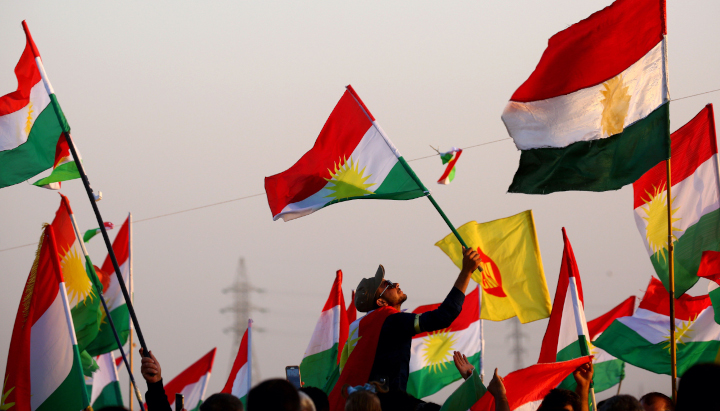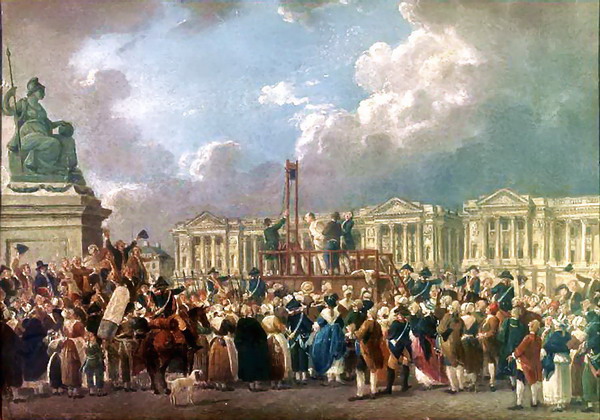The War of Independence of the United States (also called War of the American Revolution) began as a revolution of thirteen British colonies in North America that led to an open war against the Kingdom of Great Britain and ended in a global war between several large European powers. What happened in the revolutionary war is a special chapter of american history and one of the events that changed the global map the most.
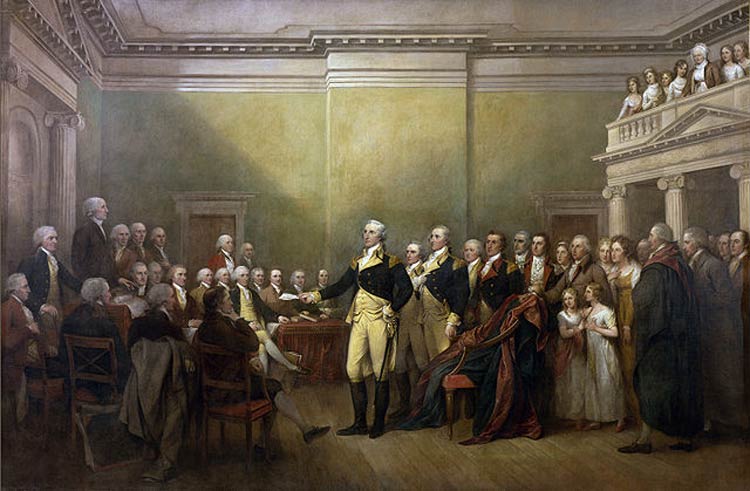
Representation of Washington refusing the appointment as commander in chief
What happened in the revolutionary war
Background
The United States is formed from the association of thirteen colonies of British North America, located on the east coast of the continent. During the seventeenth and eighteenth centuries the colonies developed traditions of popular self-government. After the Seven Years’ War or French and Indian War in 1763, the UK was consolidated as a global military power, but deep in debt and unable to finance needed to maintain a world empire army. The British Parliament tried to raise taxes on the American colonists. The colonists felt that their rights of self-government and their rights as “British citizens” which had been granted to them during the war, were ignored.
We can see how the approaches of the British Empire were far from the interests of American English when the same 1763 the crown fixed the boundary of the British colonies in Appalachia, where he eventually saw as this law was broken by the ambitions of the settlers extended limits to the North region of the Ohio River. Adding tolerance and collaboration with the Catholic Church in Quebec by the crown made it impossible to tolerate by American English.
In 1764 the Sugar Act raises taxes molasses from other possessions of other countries in the colonies to persuade consumers to buy products from the colonies, the main problem was the great power was transferred to collectors to enforce law as embargoes, was very unpopular among American English, which through mobilizations have that in 1766 taxes were reduced, this represented a bad precedent for the rule, struggles could win.
One of the most important events in the riots was the 1773 Tea Party gets this name because the English crown in 1767 legislated taxes on tea, paper and other materials that came to the colonies with the Townshend Acts. As the militants and they were organizing militarily, entered Boston Harbor and destroyed a shipment of tea from India, this was a flagrant violation of legality and English authority, triggering coercive laws that instituted a policy of repression closing Boston Harbor and firming harshly English authority.
Opposition to taxes increased significantly during the years 1766-1775 and dissidents organized a network of propaganda and resistance based mainly on the underground clubs of the “Children for Freedom”
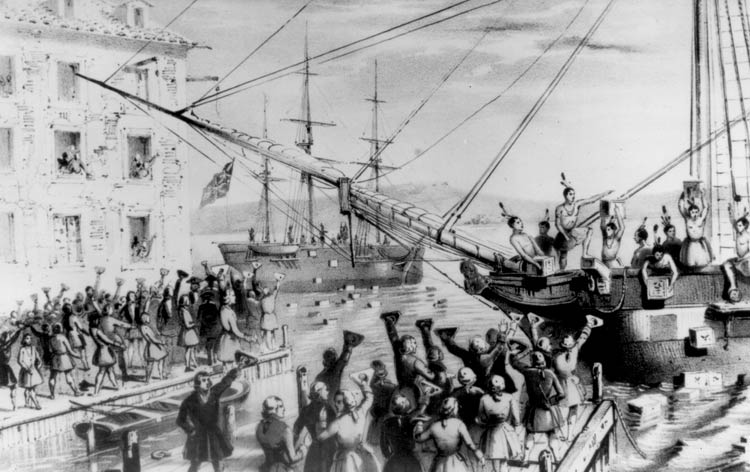
Boston was been the center of revolutionary activity and in 1774 the local government and popular resistance was dissolved by law to these measures forced the royal officials appointed in Massachusetts to resign or seek shelter in Boston. Lieutenant General Thomas Gage, commander in chief of British North America in January 1775 received orders from London to take decisive action to end the revolt. After a series of disputes with the parliament on the proposed tax, the first informal committees of correspondence between the colonies and a coordinated proposal of protest and resistance, calling all to a general convention in Philadelphia were formed, which It would be called the First Continental Congress. This congress was attended by twelve of the original colonies, but Florida (which then belonged to the New Spain) and Georgia, then only a small colony, nor the loyal colony of Newfoundland and Labrador, Nova Scotia or Quebec newly annexed. The first Continental Congress concluded that a second conference would be organized if a reconciliation agreement with England was not reached.
The Second Continental Congress met for the first time in May, 1775, after armed conflicts between the military forces of the Province of Massachusetts Bay and the British Regular Army in April of that year. The Second International Congress, with the thirteen colonies represented, immediately organized as a federal government, and instructed the colonies to write constitutions to establish themselves as states. In June, 1775, George Washington, a prominent citizen of Virginia and experienced in Sets Years War, was appointed as commander of the new Continental Army. However, in every state, there was a minority who professed their loyalty to the King of England.
January 1776, the independence cause had been advocated by Thomas Paine in his pamphlet “Common without” one of the most influential texts in the period with 150,000 copies sold.
It was discussed throughout June with John Adams as the main advocate of independence, there were other discussions between the North and the South that were discussed in this Congo as slavery.
Finally, on July 4, 1776, the Second Continental Congress, meeting in Philadelphia signed the United States Declaration of Independence of America, would lead author Thomas Jefferson. US forces were supported by France, which made the war of independence in a world war. Shortly thereafter, Spain and the Netherlands would support them too. Thousands of Loyalists fled to the British colonies in the north were still controlled by Britain.
War
In August 1776, British General William Howe launched a massive campaign during the war by sea and land for capturing New York and provide employment negotiated. The Continental Army led by Washington to engage the enemy for the first time, an army of the newly declared independent United States in the Battle of Long Island, the greatest battle of the war. The withdrawal of his army the next night across the East River without casualties or material has been seen by some historians as one of the great military feats of Washington. This and other British victories will make New York Washington through New Jersey, leaving the future of the Continental Army in doubt. On the night of December 25, 1776, Washington organized a counterattack, leading US forces and crossing the Delaware River to capture nearly 1,000 Hessens in Trenton, New Jersey. Washington extended its victory in Trenton with another in Princeton in early January. These victories alone were not sufficient to ensure the final victory, but avoided reallistaments or defections during the winter. Washington reorganized the army with increasing rewards to stay and punishment for desertion, bringing the number of soldiers effectively for subsequent battles.
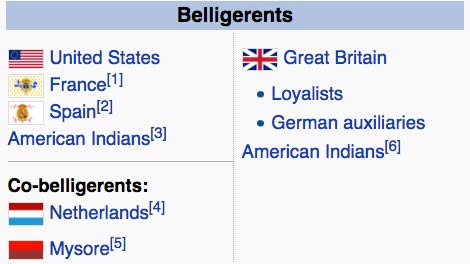
British forces defeated Washington’s troops at the Battle of Brandywine on September 11, 1777. Howe exceeded in Washington and entered into Philadelphia unopposed on 26 September. Washington’s army unsuccessfully attacked the British garrison at Germantown in early October. Meanwhile, Burgoyne, out of reach of help from Howe, was caught and forced to hand over his army in Saratoga (New York). France responded to the defeat of Burgoyne entering the war, with open alliance with the United States and becoming a revolutionary war into a war of international character. Philadelphia loss by Washington led some members of Congress to discuss the replacement of the control Washington. This attempt was unsuccessful after supporters gathered in Washington for support.
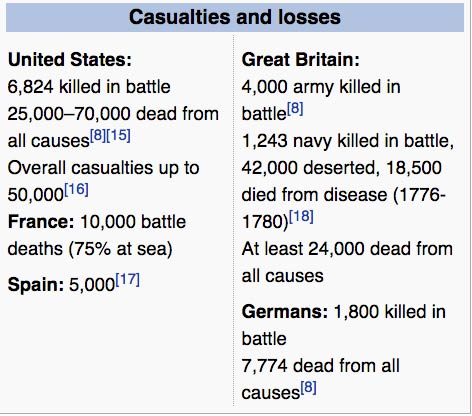
Washington’s army encamped at Valley Forge in December 1777, remaining there for the next six months. During the winter, 2,500 men of the force of 10,000 died from the disease and the weather. The following spring, however, the army left Valley Forge in good condition, partly thanks to a comprehensive training program supervised by Baron von Steuben, a Prussian veteran. The British were evacuating Philadelphia to New York in 1778, but Washington attacked Monmouth and brought to the battlefield. Subsequently, the British continued toward New York. Washington moved his army out of New York.
The summer of 1779 under the direction of Washington, General John Sullivan conducted a scorched earth campaign that destroyed at least forty Iroquois villages to the current central and northern New York in retaliation for Iroquois and Tory attacks against American settlements before war. Washington gave the final blow to the British in 1781, after a French naval victory in Chesapeake Bay allowed the Americans and French to catch the British army in Virginia forces. The surrender at Yorktown on October 17, 1781, marked the end of most of the fighting. Though known for his successes in the war and his life, Washington suffered many defeats before achieving victory.
In March 1783, Washington used its influence to disperse a group of army officers, who had threatened to do in front of Congress for their back pay. By the Treaty of Paris (signed in September), Britain recognized the independence of the United States. Washington disbanded his army and, on November 2, made an eloquent farewell speech to his soldiers.
On November 25, the British were evacuating New York and Washington and the governor took possession. A Fraunces Tavern on December 4 Washington ordered his officers formally farewell and December 23, 1783 resigned as commander in chief, emulating the Roman general Cincinnatus I. It was an example of the republican ideal of citizen leader He rejects power. At that time, there was the position of President of the United States under the Articles of Confederation, the Constitution precursors.
The retreat of Washington in Mount Vernon was short-lived. Made an exploratory trip on the western border in 1784, he was persuaded to attend the Constitutional Convention in Philadelphia in the summer of 1787, and was unanimously elected president of the Convention. He participated little in the debates (although he voted for or against various items), but his high prestige maintained cooperation and activity delegates. Delegates designed the presidency taking Washington to the head, and allowed him to define the office once elected. After the Convention, his support convinced many, including Virginia delegates to vote for ratification. The new Constitution was ratified by all 13 states.
The Patriots (American) could not take Quebec, and the strengthening of the British forces in Halifax, Nova Scotia prevented Canada to join the US states.
Spanish intervention
Spain remained neutral for about three years, until Bernardo de Gálvez, the Spanish governor of Louisiana, gave health protection equipment and a group of rebels in the west of Florida, assisted by Oliver Pollock, an agent of American health, in New Orleans.
During January 1778, the war had already reached the lower Mississippi when James Willing, a young man from Philadelphia, moved to Natchez (Mississippi), leading an attacking game plantations district Baton Rouge (Louisiana). They were involved in arson and looting, by more than $ 1.5 million in property, before being reduced by the militia. This convinced the British to reinforce local garrisons from its main base in Pensacola (Florida). During February France declared war on Britain.
The first years, Spain remained neutral, offering itself as a mediator between the parties, which was rejected by the United Kingdom, and by the Treaty of Aranjuez, Spain entered the war on May 8, 1779 to regain the European territories of Gibraltar and, Minorca and the Floridas Americans and British Honduras, with a formal declaration of war by Carlos III of Spain. This statement was followed by another on July 8 that authorized its colonial subjects to participate in hostilities against the British. When Bernardo de Gálvez, governor of the Spanish colony of Louisiana received word that on July 21, immediately began planning offensive operations
Governor Galvez marched north of New Orleans on August 27, 1779, with a shaped by 1,400 French and Castilian (and 7 American volunteers) militia. They took Fort Bute in the battle of the same name after a minor skirmish on September 7 and Fort New Richmond two weeks later surrendered after three hours of military bombardment. Carlos Luis Boucher de Grand Pre became District Commander of Baton Rouge and Pedro José Favrot in post commander of Baton Rouge, which was moved to Fort San Carlos. Residents were given six days in order to declare their allegiance to Spain or resign themselves to losing their land and homes. As a result of the Battle of Fort Charlotte Galvez he took Mobile in 1780 and after the Battle of Pensacola in 1781, reached the end of British rule in the Gulf Coast.
The siege of Gibraltar in 1779, known as the Great Siege of Gibraltar, the third conducted by Spain to regain the British colony, was the most important campaign carried out in the area during the eighteenth century and had as history of sites 1704 and 1727. For almost four years of naval siege, shelling and re-use of so-called floating batteries the city was able to resist the last Spanish blockade.
The end of the war (1783)
In the negotiations of the end of the war, the United States were representatives of a group headed by Benjamin Franklin, which included John Adams and John Jay. They negotiated the borders of the United States that would extend west to the Mississippi River and the Great Lakes, the north; total as large as Western Europe region. The final resolution was signed in the Treaty of Paris in 1783. The fatigue of the participants and the evidence that the distribution of forces, with the English dominance at sea was impossible a military outcome, which led to the cessation of hostilities.
Treaty of Paris (September 3, 1783)
The Treaty of Paris and the Treaty of Versailles was signed on September 3, 1783 between Britain and the United States and ended the American Revolutionary War
The independence of the United States of America and recognized the new nation gave all the land north of Florida, southern Canada and east of the Mississippi River. The 32nd parallel is set as northern border. Britain resigned, also in the Ohio Valley and gave the United States full powers over fisheries exploitation of Newfoundland.
Spain maintained the territories reclaimed of Menorca and Eastern and western Florida. On the other hand it recovered the coasts of Nicaragua, Honduras (Mosquito Coast) and Campeche. Spanish sovereignty over the colony of Providence and English on Bahamas recognized. However, Britain retained the strategic position of Gibraltar (London was inflexible, since the control of the Mediterranean was impassable without the strength of the Rock).
France recovered some enclaves in the Antilles, besides the places of Senegal River in Africa.
Holland received Sumatra, being forced to give Negapatam (in India) in Britain and to recognize English the right to freely navigate the Indian Ocean.
Britain remained Canada under its Empire, although the Americans tried to export to Canadian earth their revolution.
Finally, the prisoner exchange was agreed.
Overall achievements can be judged as favorable to Spain and to a lesser extent France despite the high cost of war and the losses caused by the near stagnation of trade with America a heavy burden that would weigh on the back Spanish economic situation. Moreover, the triumph of the American rebels on England was not going to stop in the near future influence on the Spanish colonies. This influence came by different ways: the emulation by communities in similar circumstances, the solidarity of the old colonists with which still were, the help of other powers interested in the disappearance of the Spanish colonial empire, etc. But these aspects clearly demonstrated during the Napoleonic Wars.
What happened on the revolutionary war: references
Smith, David. New York 1776: The Continentals’ first battle
Fuller, J. F. C.. Decisive Battles of the U.S.A., 1776-1918
Coker, William S.; Right Rea, Robert.Anglo-Spanish confrontation on the Gulf Coast during the American Revolution
